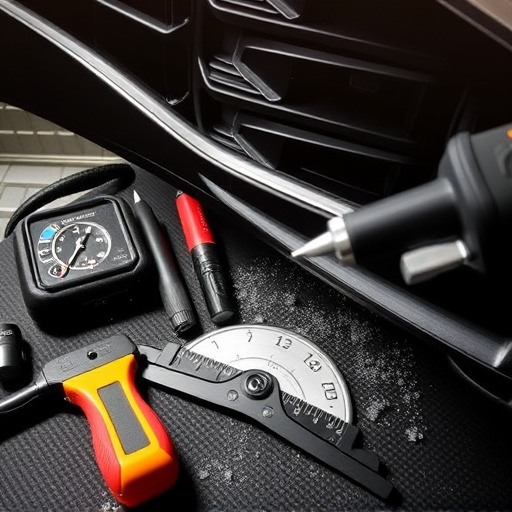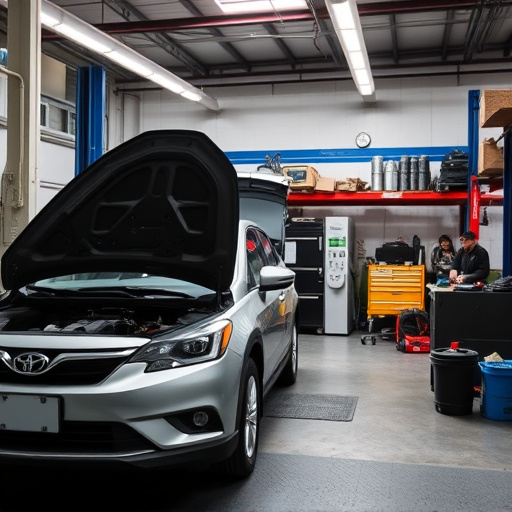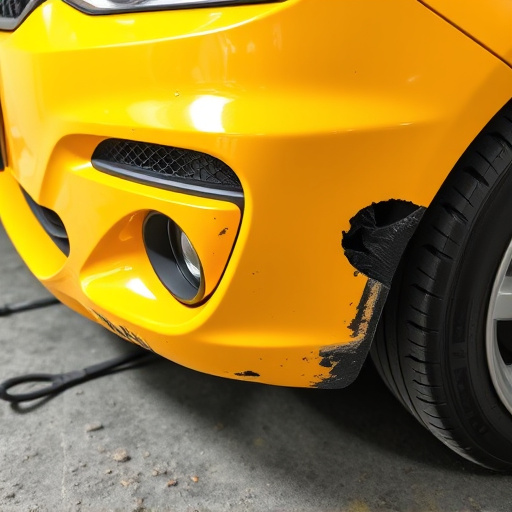Mercedes Structural Adhesive: Optimizing Load Distribution Efficiency

Mercedes structural adhesives revolutionize vehicle repair and construction with precision, strength…….
Welcome to an in-depth exploration of Mercedes structural adhesives, a critical component in the automotive industry that has evolved to meet the demands of modern vehicles. This article aims to provide a comprehensive understanding of this advanced technology, its applications, and its significant impact on global transportation. By delving into various aspects, we will uncover the role of Mercedes structural adhesives in shaping the future of mobility, ensuring safer and more efficient vehicles.
Definition: Mercedes structural adhesive refers to a specialized bonding agent designed for permanent attachment of various automotive components, such as body panels, frames, engines, and interior parts. It is a key component in the construction and repair of high-performance vehicles, renowned for its strength, durability, and versatility.
Core Components and Functionality: These adhesives are typically composed of advanced polymers, resins, fillers, and additives. The primary components include:
The evolution of Mercedes structural adhesives traces back to the early 20th century when the automotive industry demanded stronger and lighter materials. Early adhesives faced challenges in meeting these requirements, leading to continuous research and development. Over time, advancements in polymer science and material engineering resulted in the creation of high-performance adhesives that could withstand extreme conditions and provide exceptional bond strength.
The influence of Mercedes structural adhesives extends across borders, shaping the global automotive landscape. Several key trends highlight its international impact:
| Region | Trends and Developments |
|---|---|
| Europe | Strict safety regulations drive the adoption of advanced adhesives for improved crash performance and noise reduction. |
| North America | The focus on lightweight materials and fuel efficiency boosts the demand for structural adhesives in vehicle construction. |
| Asia-Pacific | Rapid industrialization and growing luxury car markets increase the need for high-quality, durable adhesives. |
| Latin America | Rising automotive production and a shift towards electric vehicles present new opportunities for adhesive manufacturers. |
These trends demonstrate the universal recognition of Mercedes structural adhesives as a critical enabler of modern vehicle design and manufacturing.
The global Mercedes structural adhesive market exhibits notable dynamics, influenced by various economic factors:
The field of Mercedes structural adhesives has witnessed several groundbreaking technological advancements:
These innovations not only improve the performance of adhesives but also contribute to sustainability goals within the automotive industry.
Governments and regulatory bodies play a crucial role in shaping the Mercedes structural adhesive industry through various policies and frameworks:
These regulations foster a culture of quality and sustainability within the industry.
Despite its numerous advantages, the Mercedes structural adhesive industry faces several challenges:
Proposed Solutions: To address these issues, the industry can:
Case Study 1: Mercedes-Benz’s All-Metal Body Construction
Mercedes-Benz pioneered the use of structural adhesives in all-metal body construction, setting a new standard for vehicle durability and safety. By adhering various metal components together, they achieved a lighter vehicle with enhanced crashworthiness. This application required advanced adhesives capable of handling extreme temperatures and high stresses, leading to significant improvements in fuel efficiency and passenger protection.
Case Study 2: Electric Vehicle Battery Integration
With the rise of electric vehicles (EVs), structural adhesives play a critical role in battery integration. High-performance adhesives ensure secure and reliable connections between the battery pack and vehicle structure, despite the high temperatures generated during charging. This application demands adhesives with exceptional thermal stability and conductivity to support the advanced electrical systems in EVs.
Case Study 3: Interior Component Bonding
Adhesives are extensively used for bonding interior components, such as dashboards, door panels, and trim pieces. In this application, structural adhesives provide a seamless bond, enhancing passenger comfort and safety. Water-based adhesives, for instance, offer improved air quality inside the vehicle while maintaining strong bonds.
The future of Mercedes structural adhesives is filled with promising opportunities and emerging trends:
Mercedes structural adhesives have evolved from simple bonding agents to sophisticated materials that underpin the automotive industry’s progress. Their role in enhancing vehicle safety, efficiency, and sustainability is undeniable. Through technological advancements, stringent regulations, and innovative applications, these adhesives continue to shape the future of transportation. As the industry navigates the challenges of an ever-changing landscape, Mercedes structural adhesives will remain a critical enabler of high-performance vehicles, ensuring safer roads and a more sustainable future for mobility.
Q: How do Mercedes structural adhesives improve vehicle safety?
A: By providing strong, permanent bonds between various components, these adhesives contribute to the overall strength and integrity of the vehicle’s structure. This is particularly crucial in crash scenarios, as well-bonded parts help protect passengers and reduce injury risk.
Q: Can structural adhesives replace traditional fastening methods?
A: While structural adhesives offer unique advantages, they typically complement traditional fastening methods rather than completely replace them. Each method has its strengths, and the choice depends on specific application requirements.
Q: Are there any environmental benefits to using Mercedes structural adhesives?
A: Yes, many modern adhesives are designed with a lower environmental impact. Water-based or bio-resin adhesives reduce VOC emissions and minimize waste generation, contributing to cleaner production processes.
Q: How do I know if an adhesive is suitable for my automotive application?
A: Adhesive manufacturers provide detailed technical data sheets and application guidelines. Consider factors like temperature resistance, bond strength, and compatibility with other materials in your specific use case. Consulting experts can also ensure the right adhesive selection.

Mercedes structural adhesives revolutionize vehicle repair and construction with precision, strength…….

Mercedes structural adhesives offer advanced solutions for repairing ultra-high-strength steel in mo…….

Panel delamination in vehicles caused by impact or stress leads to aesthetic issues, structural comp…….

Mercedes structural adhesives are essential for repairing multi-material panels in luxury vehicles,…….

Mercedes structural adhesive revolutionizes auto repair with its unique formula for superior bonding…….

Mercedes structural adhesives provide superior bonding for OEM and collision repairs, offering durab…….

Mercedes structural adhesive is a crucial component for maintaining the safety and integrity of Merc…….

Mercedes structural adhesive is a groundbreaking solution in automotive safety, reinforcing vehicle…….

Mercedes structural adhesives revolutionize automotive repairs with superior bonding strength, reduc…….

Mercedes structural adhesive offers advanced bonding for luxury car repairs, ensuring durability and…….